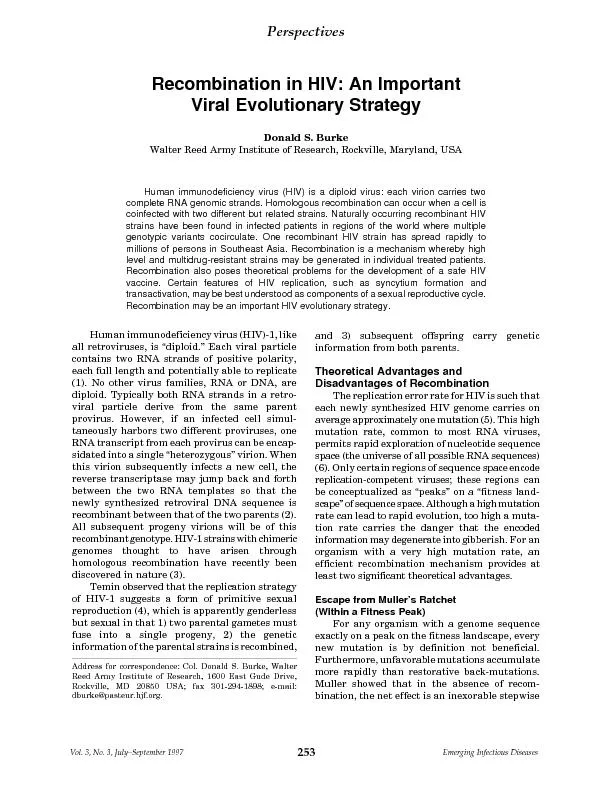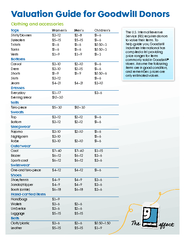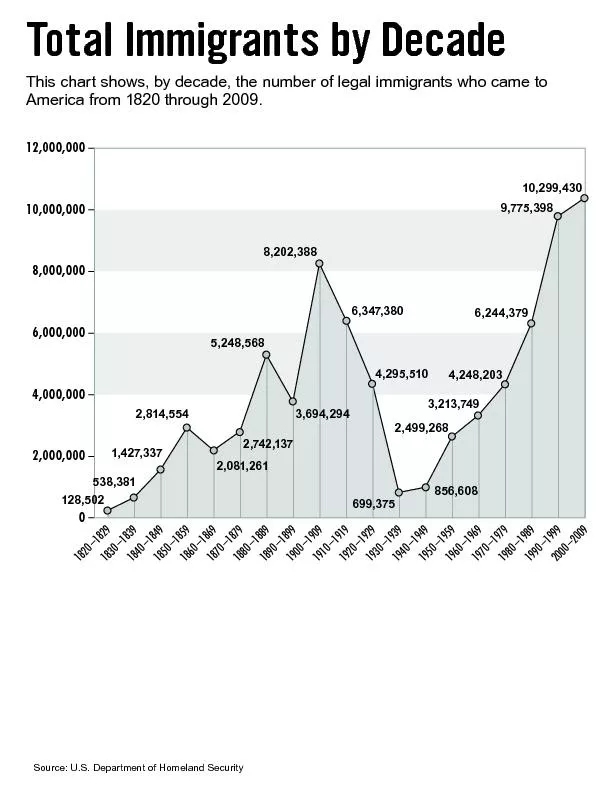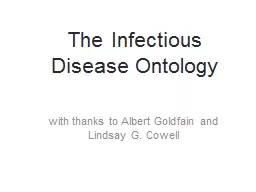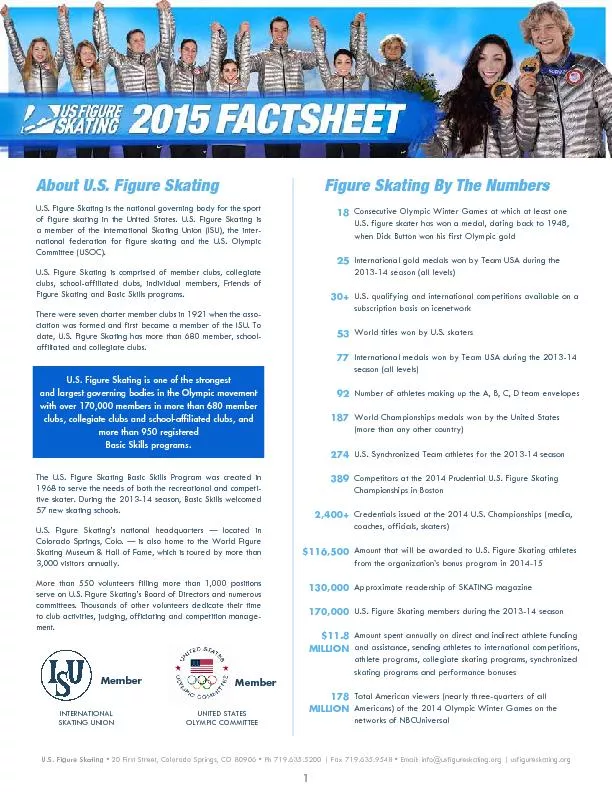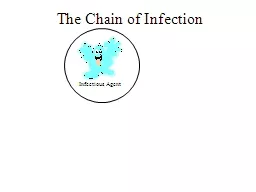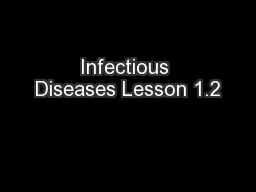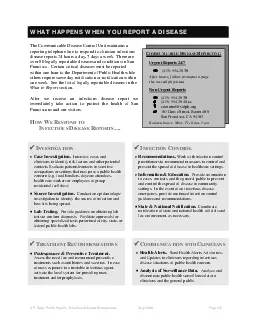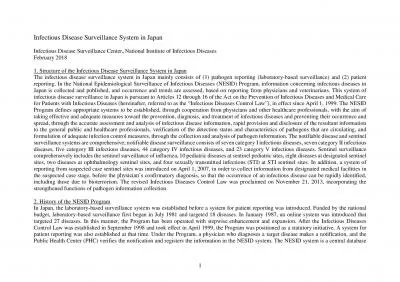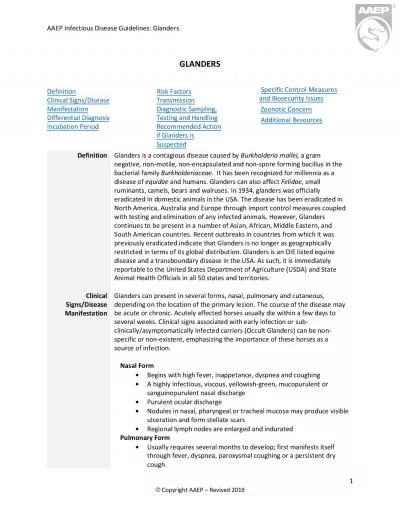PDF-Vol. 3, No. 3, July–September 1997Emerging Infectious Diseasesall
Author : ellena-manuel | Published Date : 2016-07-19
Human immunodeficiency virus HIV is a diploid virus each virion carries twocomplete RNA genomic strands Homologous recombination can occur when a cell iscoinfected
Presentation Embed Code
Download Presentation
Download Presentation The PPT/PDF document "Vol. 3, No. 3, July–September 1997E..." is the property of its rightful owner. Permission is granted to download and print the materials on this website for personal, non-commercial use only, and to display it on your personal computer provided you do not modify the materials and that you retain all copyright notices contained in the materials. By downloading content from our website, you accept the terms of this agreement.
Vol. 3, No. 3, July–September 1997Emerging Infectious Diseasesall: Transcript
Download Rules Of Document
"Vol. 3, No. 3, July–September 1997Emerging Infectious Diseasesall"The content belongs to its owner. You may download and print it for personal use, without modification, and keep all copyright notices. By downloading, you agree to these terms.
Related Documents

